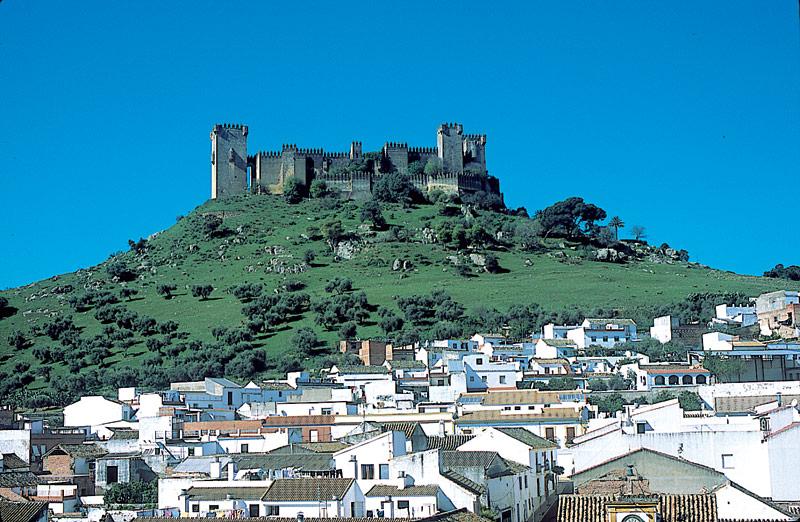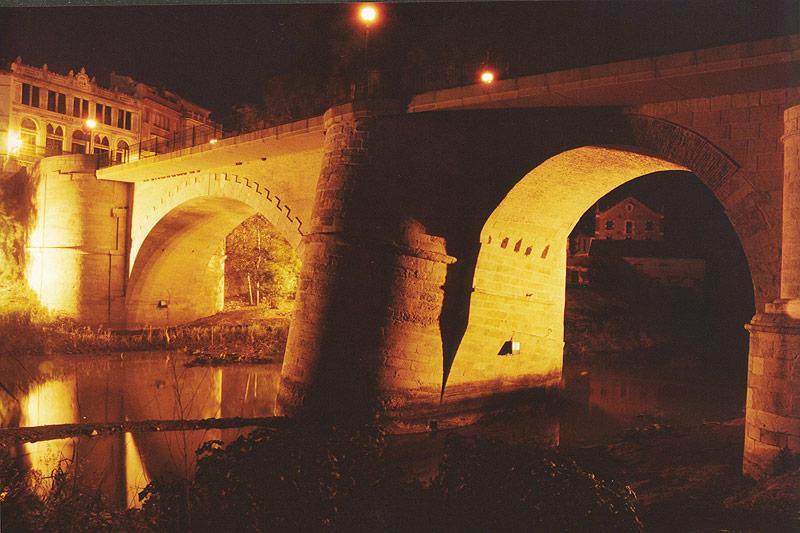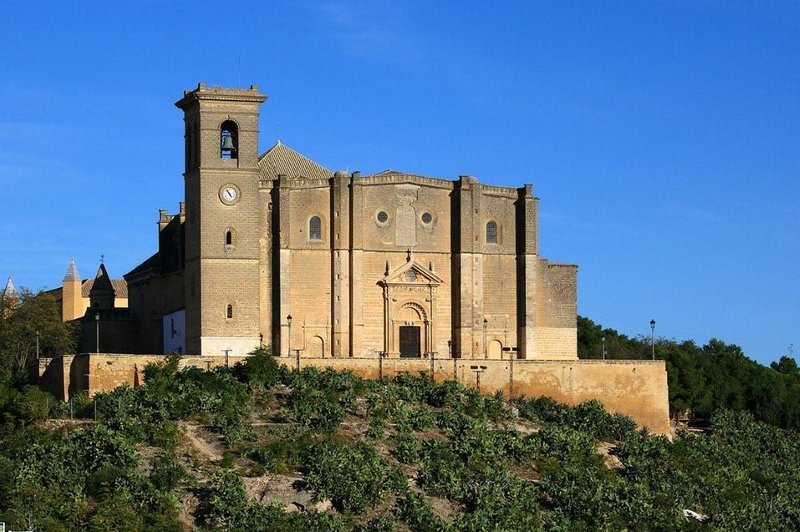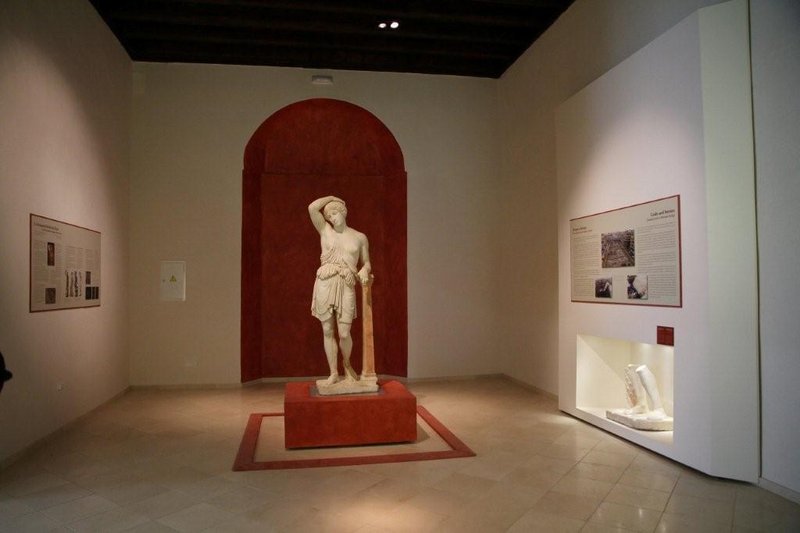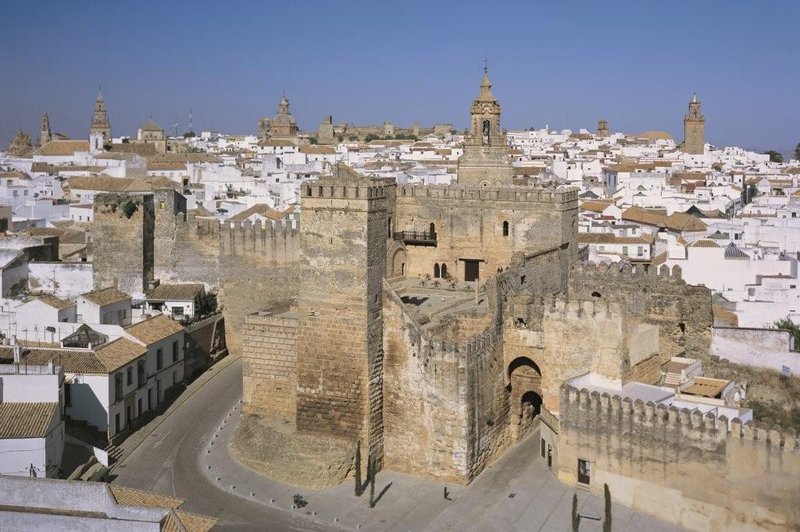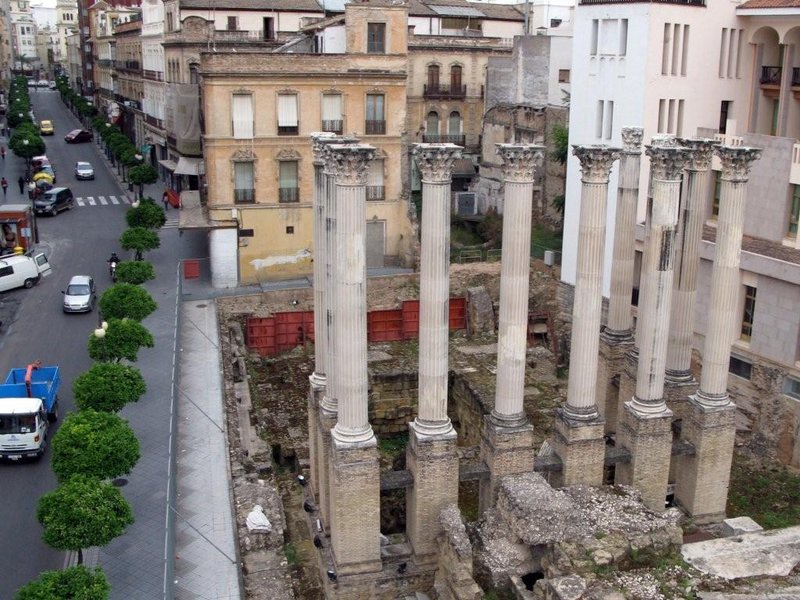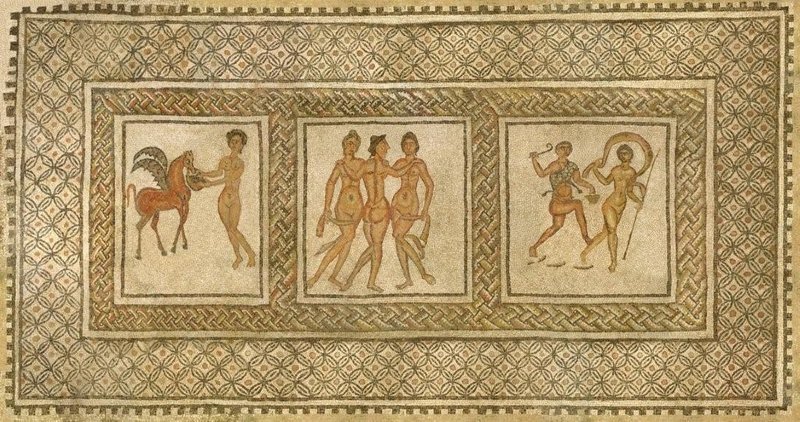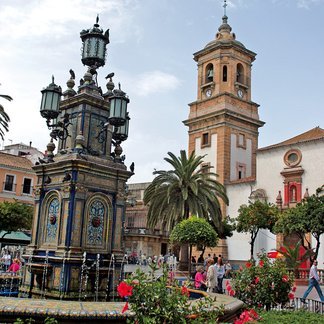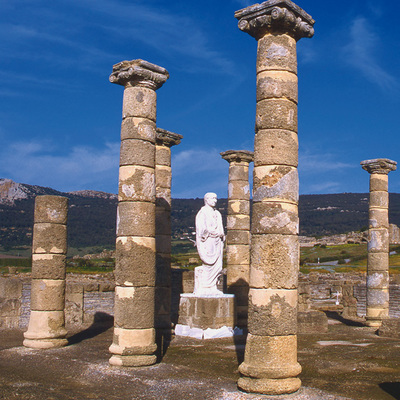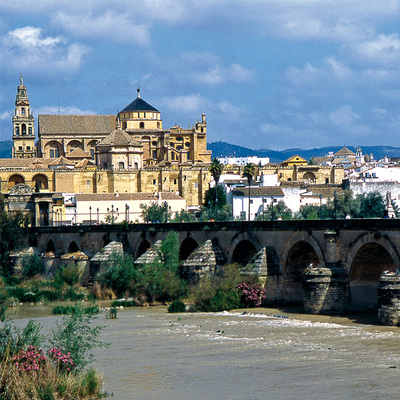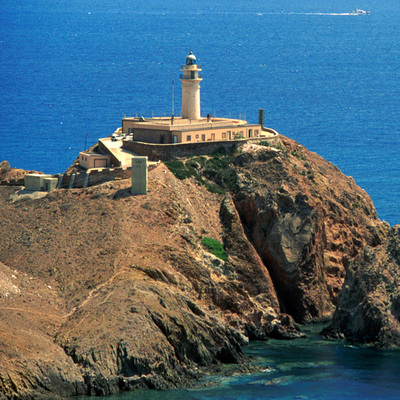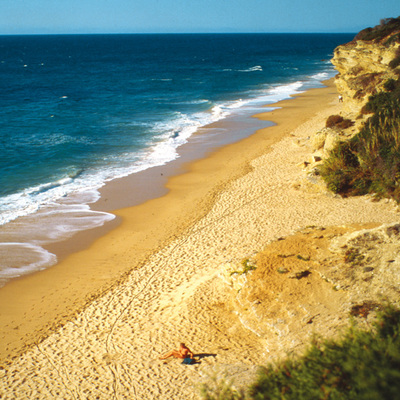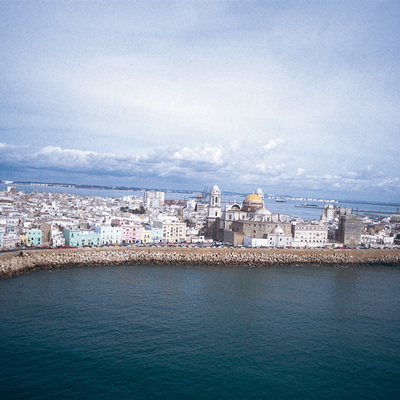Roman Towns of Baetica. Seville.
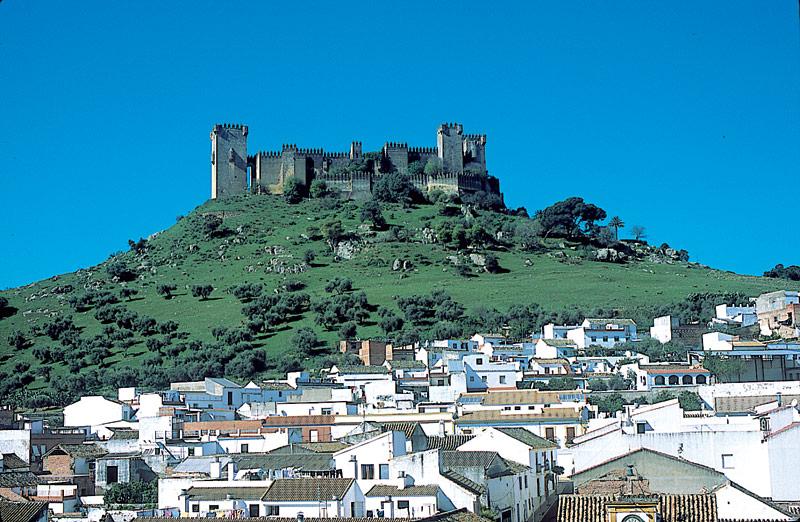
The Romans left their indelible mark throughout Andalusia and it is in the province of Seville that the best remains of their magnificent towns can still be admired.
The fertile fields and the Guadalquivir river made possible the massive production of olive oil and its export to Rome and the empire. The Archaeological Museum of Seville has the best collection of Roman objects in Spain, especially from Italica.
In Seville (Híspalis to the Romans), the columns in Mármoles street amaze us by their size and original situation. Italica near Santiponce, was founded in 206 BC by Scipio Africanus after defeating the Carthaginians at Ilipa.
Birthplace of Trajan and Hadrian, there is a remarkable amphitheatre, theatre, baths and various dwellings with mosaics. Up the Guadalquivir (Baetis in Roman times) we pass Alcalá del Rio - Ilipa Magna, on the way to Castillo de Mulva and Villanueva del Río y Minas - Munigua, where there is a magnificent temple built on oriental type terraces, unique in the western Roman empire and which influences the layout of the whole town.
The view of pastures and meadows is similar to what it was in Roman times. On the way to Carmona, the Guadalquivir may be crossed by ferry at Alcolea as was done by the Romans.
Carmona (Carmo to the Romans) has the Seville Gate, a Carthaginian fortification with Roman arches, similar to the Córdoba Gate. There is also a hypogean necropolis and an amphitheatre and a small museum.
Two large towns of the fertile plains are particularly noteworthy: Écija (Roman Astigi) and Osuna, known as Urso to the Romans, where there are the remains of a necropolis, and both have museums.

